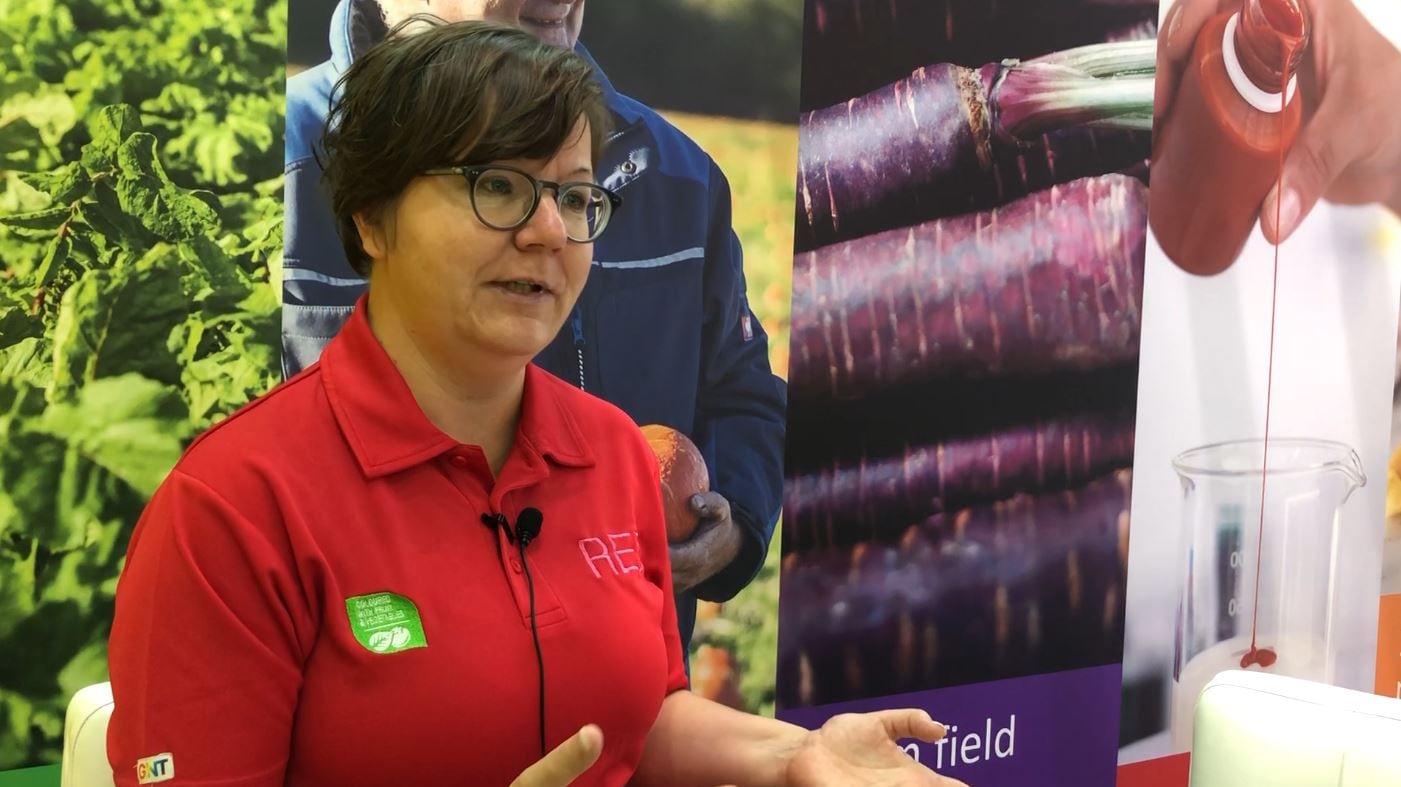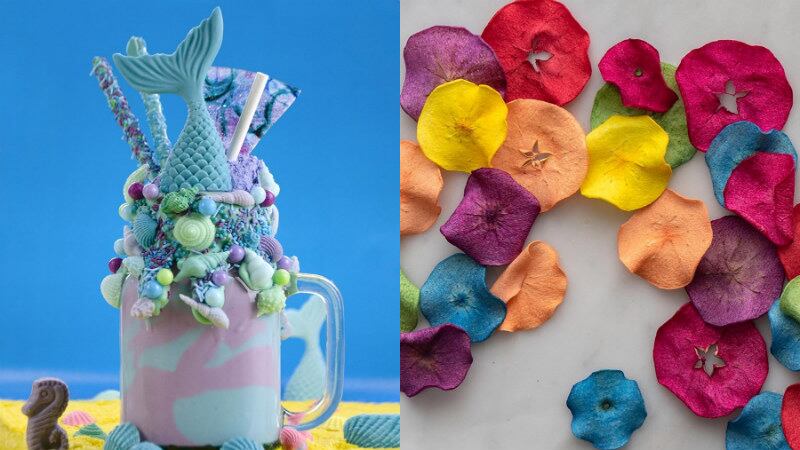The study was conducted by the New Zealand Plant and Food Research Institute and was funded by the Royal Society of New Zealand’s Marsden Fund.
In general, the flavonoid anthocyanin has generally been acknowledged as the ‘key pigments’ of plants which provide colours (red, purple, blue) to flowers, fruit, and foliage whilst also protecting against environmental stresses.
The discovery of auronidins but not anthocyanins in liverworts, the first known land plants, has not only led scientists to rethink the evolution of plant pigments, but also opened up possibilities for the use of these new pigments as natural colourants.
“There is huge interest from food and beverage companies to find naturally occurring plant pigments to replace synthetic food dyes, due to consumer preferences to avoid these, and because of international regulation to phase out some commonly used synthetic food colorants,” study co-researcher Nick Albert from Plant and Food Research told FoodNavigator-Asia.
“While there are some [existing] plant-derived pigments that can be used for food and beverage colouration, there are problems with the stability and intensity of these pigments compared with the synthetic colourants.
“We named [these new pigments] auronidins to reflect their biosynthetic origin from aurones (typically yellow flavonoids), but also acknowledge their similarity to anthocyanins as a red flavonoid pigment.”
He listed water solubility and pH stability as some of the major challenges faced by natural pigments, adding that auronidins may be able to tackle some of these, especially given its presence in liverworts which are known for a ‘remarkable ability to survive in extreme environments’.
“Carotenoids (yellow/orange) and chlorophylls (green) are more soluble in lipids/oils, [but] water soluble yellows/oranges are desirable. Similarly, strong reds and purples that are stable across pH and various storage conditions are sought after, [and] intense pure blue colours are very challenging,” he said.
“Auronidins have not yet been explored for their use in food colouring, but may offer a new source of pigments that are suitable for use in foods and beverages [because] they are water soluble and exhibit yellow/orange pigmentation under acidic conditions, which is typical of many foods.
“If auronidins do prove useful as natural colorants, then our findings on how plants control and make auronidin pigments would be essential for producing these pigments at scale.”
Novel colour properties
A major factor that sets auronidins apart from anthocyanins is its intense fluorescence, which is not present in the latter.
“The fluorescence aspect is really interesting. Aurones (yellow) are known to be very highly fluorescent, and this property is also present in auronidins, [but] anthocyanins lack fluorescence,” said Albert.
“We observed that plants accumulating auronidin were highly fluorescent when viewed with a blue light source and microscope. Once we isolated pure auronidin we assessed their colour and fluorescence in solutions with varied pH [ and found that] the colour of the fluorescence also changes with pH.”
In addition, auronidins are able to present a wider range of different colours as compared to anthocyanins
“The colours of auronidins are often red in plants, thus similar to common anthocyanins in their normal physiological state [when dormant] within cell walls,” Albert added.
“But they actually exhibit a different range of colours when in solution, which differ from anthocyanins. For example, they range from pale yellow in acidic solutions, through orange, to red or even purple at high pH conditions.
“In contrast, most anthocyanins are in their most stable and coloured forms in acidic conditions, and display red-shifted colours.”
Although further research is required, these discoveries could be a leap forward to the development of a whole new, more efficient range of food colourants.
Study: Auronidins are a previously unreported class of flavonoid pigments that challenges when anthocyanin biosynthesis evolved in plants
Source: Proceedings of the National Academy of Sciences (PNAS)
https://doi.org/10.1073/pnas.1912741116
Authors: Berland, H. et. al.





